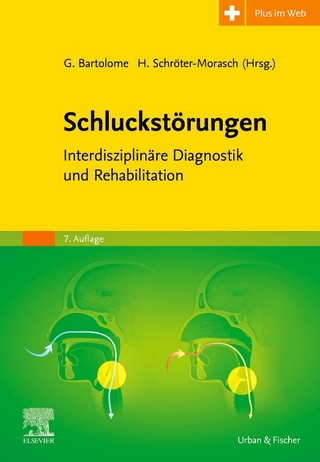
Head Injury Recovery in Real Life
Plural Publishing Inc (Verlag)
978-1-59756-378-9 (ISBN)
- Titel ist leider vergriffen;
keine Neuauflage - Artikel merken
Larry Schutz, Ph.D., ABPP Larry E. Schutz, Ph.D., has conducted and supervised head injury rehabilitation for 29 years, treating over 5,000 clients. He is currently the neuropsychologist of the Transitional Living Center at Casa Colina Hospital in Southern California, one of the largest neurorehabilitation programs in the world. Previously he designed 11 head injury programs in New Jersey and Florida. He was awarded the first full-time, APA-approved neuropsychological internship in neurorehabilitation at the Palo Alto VA Medical Center and completed advanced study with Yigal Gross, Ph.D., one of the pioneers of the field. Dr. Schutz's areas of publication include neuropsychological assessment methods, rehabilitation research methods, therapy techniques, theories of treatment, and rehabilitation outcomes. He is one of a handful of neuropsychologists who have been awarded the diplomate in rehabilitation of the American Board of Professional Psychology and selected as a fellow of the National Academy of Neuropsychology. Dr. Schutz is also the founder and chair of the board of directors of GiveBack, Inc., a non-profit organization providing free recovery assistance to survivors. Michael Schutz Michael Schutz graduated from the prestigious School of Journalism at the University of Florida. He is currently studying computer science at the University of Central Florida. His involvement with traumatic brain injury began when he founded and edited The BIRC Times, a newsletter for inpatients with head injuries. He currently serves as the webmaster of GiveBack, Inc., a non-profit organization providing free recovery assistance to survivors of traumatic brain injury.
Introduction How we learned what we know about recovery How recovery works - in the clinic and in real life Recovery depends on how severe the injury is Recovery depends on what kind of person got the injury The mental functions that recover over time The mental functions that do not recover: The lasting deficits Functioning in real life: The lasting ability limitations The opportunity to participate in a normal life Adaptation to the injury Accelerated recovery in the unreal world of the clinic Why recovery can be studied properly only in real life Fifteen sketches of failed recovery Great recoveries as individual efforts Reggie, high school/college student Riley, construction subcontractor/speech-language pathology student Hillary, graduate student/wellness instructor/middle school teacher Deloris, school media/computer specialist Stephanie, business executive Faith, community programs manager Rachel, psychotherapist Abdullah, attorney at law Story of Samantha Great recoveries as partnerships with family Brooke (high school/college/graduate student) and Charlotte (her mother) Tom (construction worker) and Dawn (his wife) Jomo (high-technology department director) and Wengari (his wife) Ernie (factory designer/manager and business owner) and Helga (his wife) Conclusion Brief sketches of three more great recoveries Lessons of the 30 recoveries References Index
| Erscheint lt. Verlag | 1.2.2010 |
|---|---|
| Zusatzinfo | B/W |
| Verlagsort | San Diego |
| Sprache | englisch |
| Maße | 152 x 229 mm |
| Gewicht | 454 g |
| Themenwelt | Medizin / Pharmazie ► Gesundheitsfachberufe ► Logopädie |
| Medizin / Pharmazie ► Medizinische Fachgebiete ► Neurologie | |
| ISBN-10 | 1-59756-378-1 / 1597563781 |
| ISBN-13 | 978-1-59756-378-9 / 9781597563789 |
| Zustand | Neuware |
| Haben Sie eine Frage zum Produkt? |
aus dem Bereich


